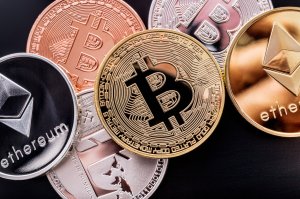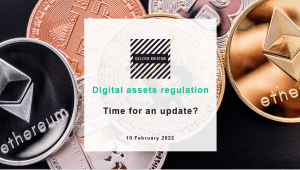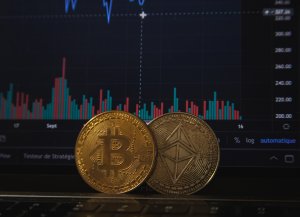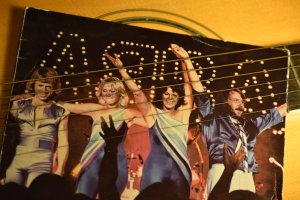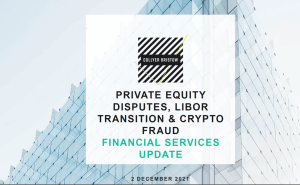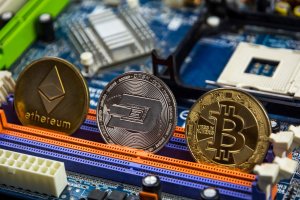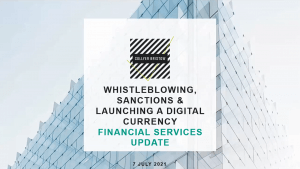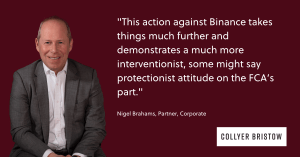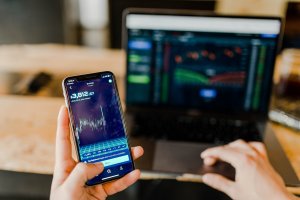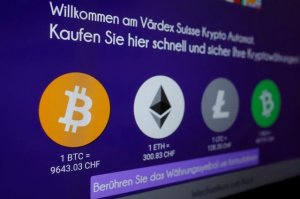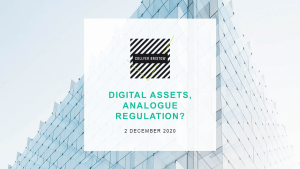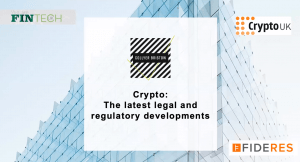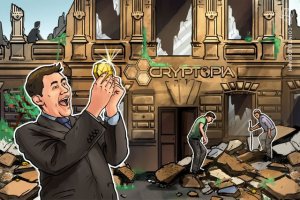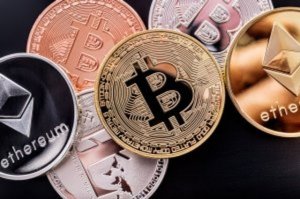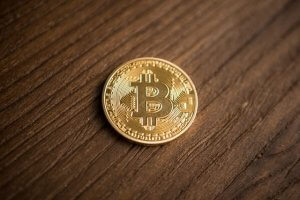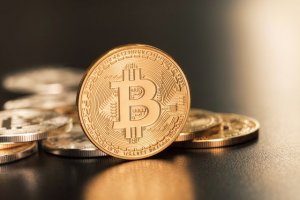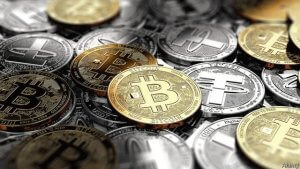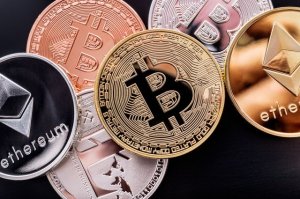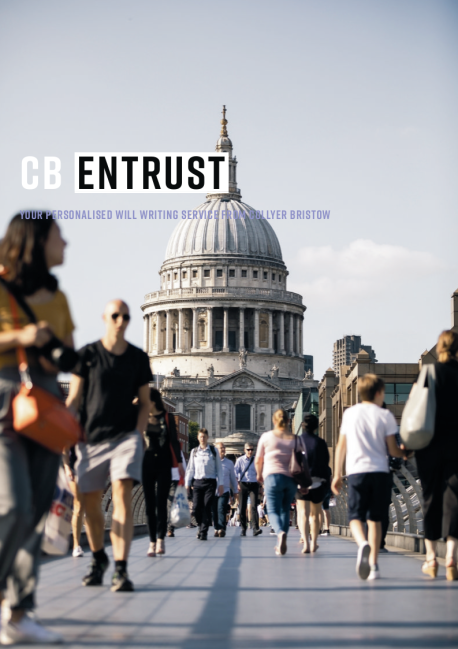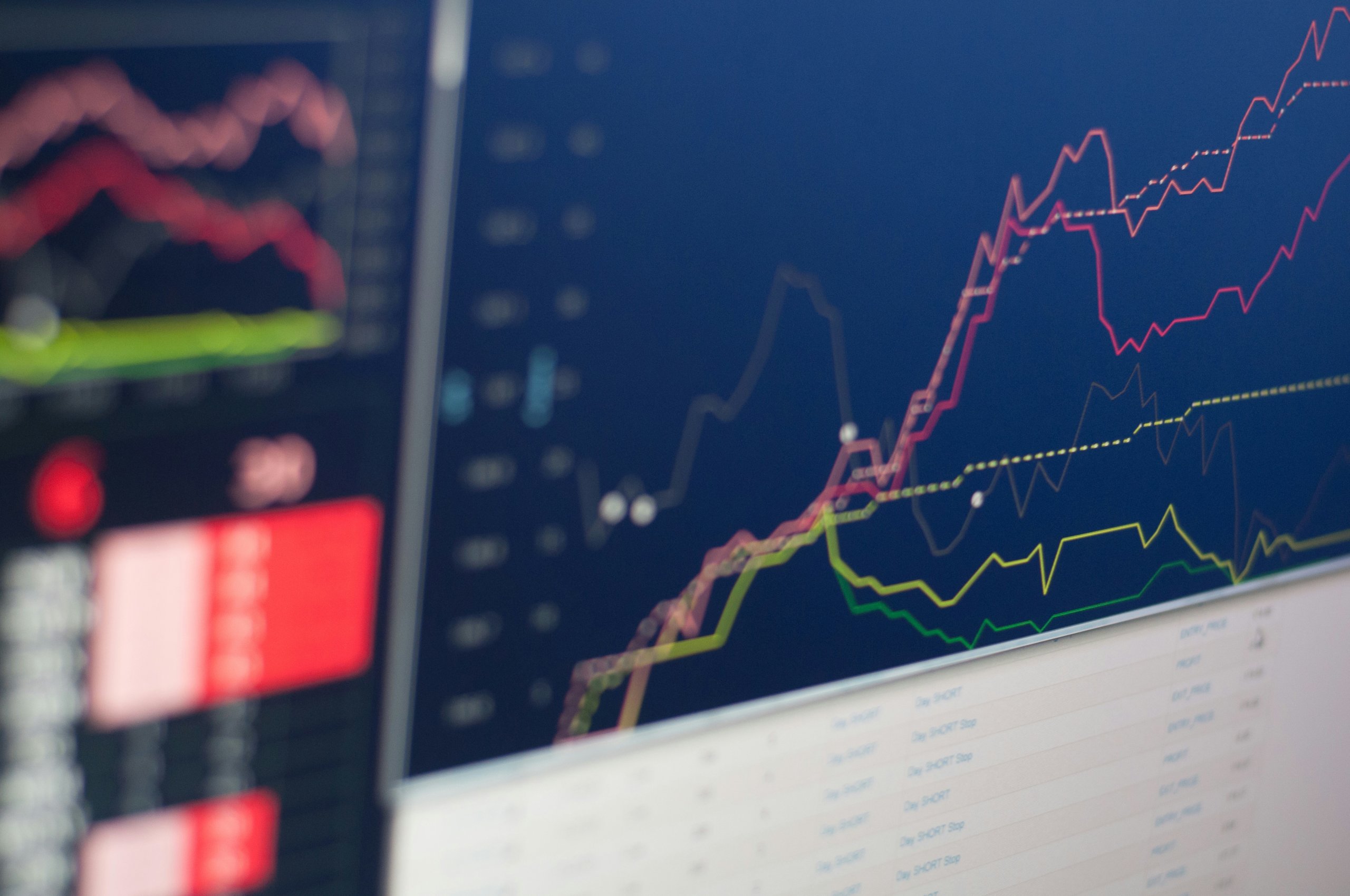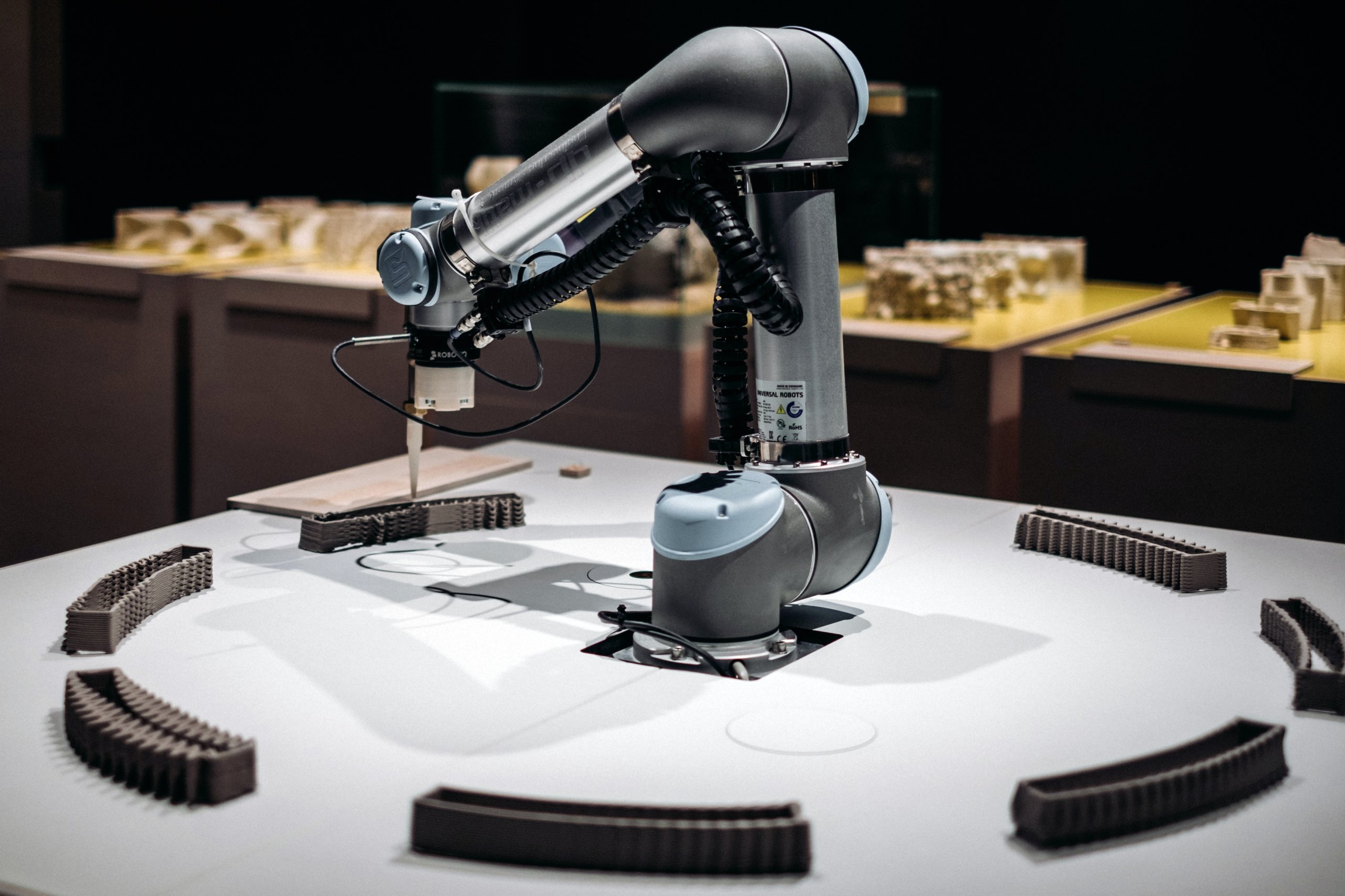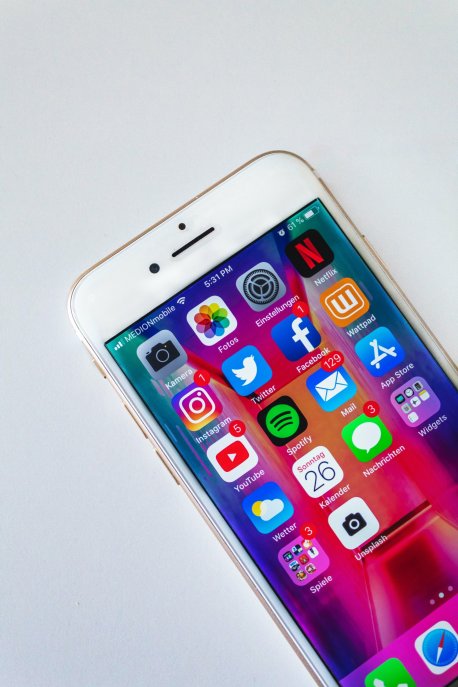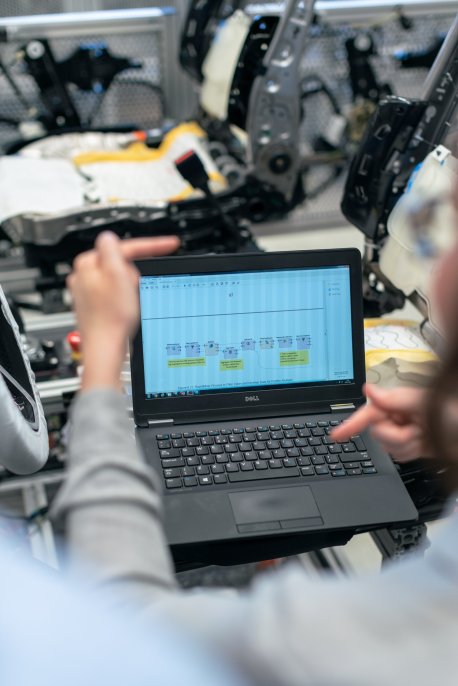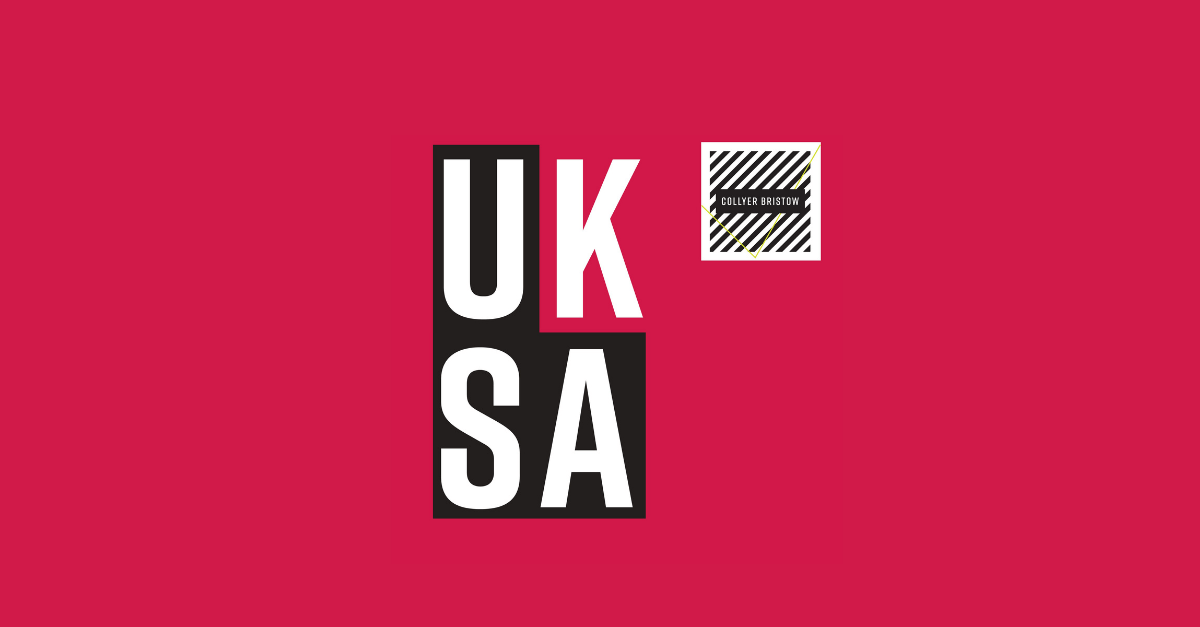- Media, arts and culture
- FinTech
- Media arts and culture
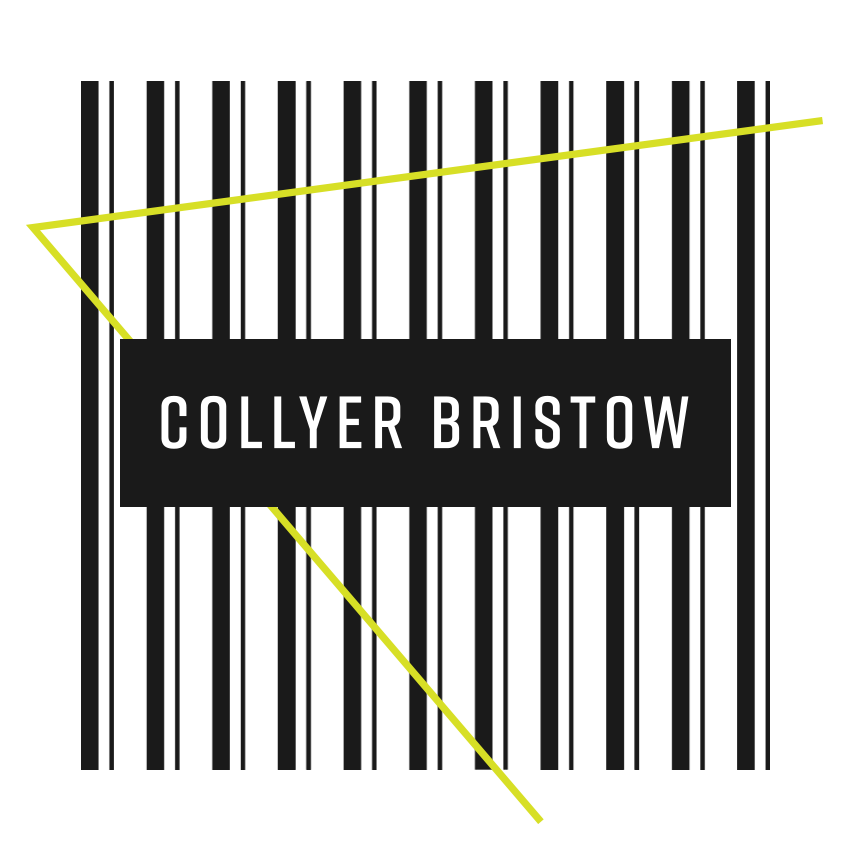
Shorter Reads
The NFT revolution in the covid-era
‘Cryptoart’, digital art sold with a certificate of authenticity known as a non-fungible token (NFT), has become increasingly popular amongst consumers during the pandemic. Jean-Martin Louw comments on what the rise of NFTs means for the art world.
1 minute read
Published 17 March 2021
Key information
Non-fungible tokens (NFTs) have been around for a while, but in the Covid-era as more cultural experiences are migrating online, we are now seeing a far greater take-up amongst ordinary consumers. In simple terms, an NFT represents provable ownership rights in a unique digital asset, such as a piece of art. Those rights can then be traded in 24-hour online marketplaces, which are far more liquid than traditional art markets. As with any art, counterfeiting is always a worry. However, because the NFT holder’s ownership is recorded on a tamper-proof blockchain, they can always prove that they hold the original work.
One of the most exciting aspects of the NFT revolution is that it promises new ways for artists, musicians and other digital content creators to generate value from their works. Some marketplaces allow creators to earn future royalties each time their works are resold in the secondary market. Those royalties are paid out automatically and in perpetuity under digital smart contracts linked to the asset.
Related content
Shorter Reads
The NFT revolution in the covid-era
‘Cryptoart’, digital art sold with a certificate of authenticity known as a non-fungible token (NFT), has become increasingly popular amongst consumers during the pandemic. Jean-Martin Louw comments on what the rise of NFTs means for the art world.
Published 17 March 2021
Associated sectors / services
Authors
Non-fungible tokens (NFTs) have been around for a while, but in the Covid-era as more cultural experiences are migrating online, we are now seeing a far greater take-up amongst ordinary consumers. In simple terms, an NFT represents provable ownership rights in a unique digital asset, such as a piece of art. Those rights can then be traded in 24-hour online marketplaces, which are far more liquid than traditional art markets. As with any art, counterfeiting is always a worry. However, because the NFT holder’s ownership is recorded on a tamper-proof blockchain, they can always prove that they hold the original work.
One of the most exciting aspects of the NFT revolution is that it promises new ways for artists, musicians and other digital content creators to generate value from their works. Some marketplaces allow creators to earn future royalties each time their works are resold in the secondary market. Those royalties are paid out automatically and in perpetuity under digital smart contracts linked to the asset.
Associated sectors / services
- Media, arts and culture
- FinTech
- Media arts and culture
Authors
Need some more information? Make an enquiry below.
Subscribe
Please add your details and your areas of interest below
Article contributor
Jean-Martin
LouwAssociate
Specialising in Commercial disputes, Banking & financial disputes, Commercial arbitration and Financial regulatory
Enjoy reading our articles? why not subscribe to notifications so you’ll never miss one?
Subscribe to our articlesMessage us on WhatsApp (calling not available)
Please note that Collyer Bristow provides this service during office hours for general information and enquiries only and that no legal or other professional advice will be provided over the WhatsApp platform. Please also note that if you choose to use this platform your personal data is likely to be processed outside the UK and EEA, including in the US. Appropriate legal or other professional opinion should be taken before taking or omitting to take any action in respect of any specific problem. Collyer Bristow LLP accepts no liability for any loss or damage which may arise from reliance on information provided. All information will be deleted immediately upon completion of a conversation.
Close